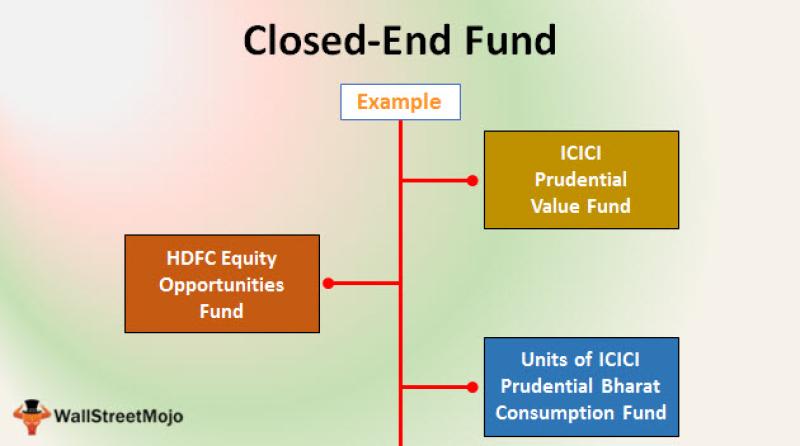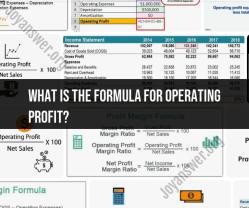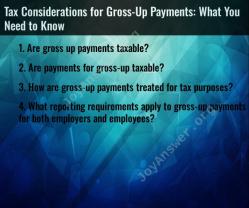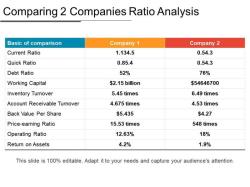What are the advantages of closed end funds?
Closed-end funds (CEFs) offer several advantages that can be attractive to investors seeking specific investment characteristics. Here are some potential advantages of closed-end funds:
Professional Management:
- Like mutual funds, closed-end funds are professionally managed by investment advisors who make decisions about asset allocation and portfolio management.
Diversification:
- Closed-end funds typically hold a diversified portfolio of securities, which can help spread risk across different asset classes, sectors, or geographic regions.
Access to Specialized Strategies:
- Closed-end funds can provide exposure to specialized or niche investment strategies that may not be easily accessible to individual investors. This can include specific sectors, regions, or asset classes.
Leverage:
- Some closed-end funds use leverage (borrowing money to invest) to enhance returns. While leverage can increase risk, it also has the potential to amplify gains if the underlying investments perform well.
Income Generation:
- Many closed-end funds focus on income generation and pay regular dividends to shareholders. This can be appealing to income-oriented investors, such as retirees, seeking a steady stream of cash flow.
Closed-End Funds Trading at a Discount:
- The potential to purchase closed-end funds at a discount to their net asset value (NAV) can be seen as an advantage. Investors may view this as an opportunity to acquire assets for less than their intrinsic value.
Market Price Flexibility:
- Unlike open-end funds (mutual funds), closed-end funds trade on stock exchanges throughout the trading day, allowing investors to buy or sell shares at market prices. This can provide flexibility in executing trades.
Potential for Active Management:
- Closed-end fund managers may have more flexibility to actively trade and adjust the fund's portfolio, taking advantage of market opportunities and adapting to changing market conditions.
Potentially Lower Expense Ratios:
- Closed-end funds may have lower expense ratios compared to some actively managed mutual funds. This can be attractive to cost-conscious investors.
Long-Term Investment Focus:
- Closed-end funds, with their fixed capital structure, are not subject to the same liquidity pressures as open-end funds. This structure allows managers to take a longer-term investment approach.
Ability to Withstand Redemptions:
- Unlike open-end funds, closed-end funds do not face redemption pressures, as they do not have to meet investor redemptions by selling underlying securities. This can provide managers with more flexibility during market downturns.
It's important for investors to carefully assess the specific characteristics of any closed-end fund, including its investment strategy, fees, and historical performance, before making investment decisions. While closed-end funds offer certain advantages, they also come with their own set of risks and considerations.
Closed-End Funds vs. ETFs: What's the Difference?
Closed-end funds (CEFs) and exchange-traded funds (ETFs) are both types of investment funds that track a specific asset class or index. However, there are some key differences between the two.
Structure
Closed-end funds: CEFs have a fixed number of shares that are issued at an initial public offering (IPO). Once the IPO is closed, the number of shares outstanding does not change. CEFs trade on exchanges, but their share price is not determined by the underlying net asset value (NAV) of the fund's assets. Instead, the share price is determined by supply and demand in the market.
Exchange-traded funds: ETFs are also traded on exchanges, but they have a unique structure that allows them to track their underlying index very closely. ETFs are constantly creating and redeeming shares, which helps to keep their share price in line with NAV.
Management
Closed-end funds: CEFs are actively managed, meaning that a portfolio manager makes decisions about which securities to buy and sell for the fund. This can lead to higher fees than ETFs, which are often passively managed.
Exchange-traded funds: ETFs are mostly passively managed, meaning that they track a specific index or asset class and do not actively make decisions about which securities to buy and sell. This can lead to lower fees than CEFs.
Pricing
Closed-end funds: CEFs can trade at a premium or a discount to NAV. A premium means that the share price is trading above NAV, while a discount means that the share price is trading below NAV. The premium or discount can be influenced by a number of factors, including the fund's performance, market conditions, and supply and demand.
Exchange-traded funds: ETFs typically trade very close to NAV, due to the constant creation and redemption of shares.
Who should invest in closed-end funds?
CEFs can be an attractive investment for investors who are looking for:
High income: CEFs often distribute high dividends, which can be attractive to income-oriented investors.
Active management: CEFs can offer the potential for outperformance if the portfolio manager is skilled at selecting securities.
Exposure to illiquid assets: CEFs can invest in illiquid assets, such as municipal bonds or private equity, which can be difficult for individual investors to access directly.
However, CEFs also have some risks, including:
Trading premiums: CEFs can trade at a premium to NAV, which can reduce your returns.
Higher fees: CEFs typically have higher fees than ETFs.
Active management risk: The performance of a CEF is dependent on the skill of the portfolio manager. If the portfolio manager makes poor decisions, it can hurt the fund's performance.
How to Choose a Closed-End Fund
If you are considering investing in a closed-end fund, it is important to carefully consider the following factors:
Investment objective: What are your investment goals? Are you looking for income, growth, or a combination of both?
Investment strategy: How does the CEF invest its assets? Does it invest in a specific asset class or sector? Does it use leverage?
Fees: What are the fees of the CEF? How do they compare to other CEFs and ETFs?
Historical performance: How has the CEF performed in the past? Does it have a track record of outperformance?
Management: Who is the portfolio manager? What is their experience and track record?
Premium or discount: Is the CEF trading at a premium or a discount to NAV? What is the historical trend of the premium or discount?
It is important to do your research and understand the risks before investing in any closed-end fund. You should also consult with a financial advisor to get personalized advice on whether a CEF is right for you.













